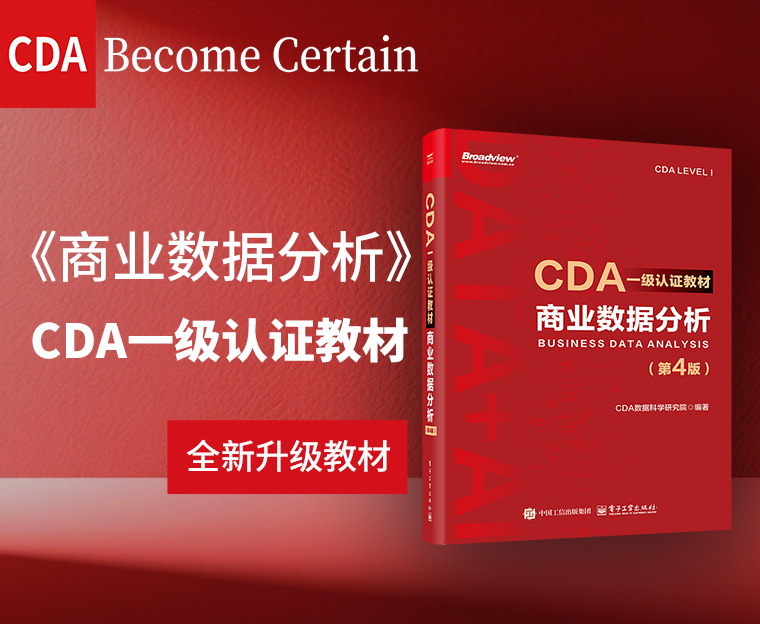在我们演示秩相关方法之前,我们必须首先定义一个测试问题。这一次使用的是diamond数据集。下面是这个数据集的属性介绍
carat : ”Carat weight of the diamond
cutDescribe : cut quality of the diamond. Quality in increasing order Fair, Good, Very Good, Premium, Ideal
color :Color of the diamond, with D being the best and J the worst
clarity :How obvious inclusions are within the diamond:(in order from best to worst, FL = flawless, I3= level 3 inclusions) FL,IF, VVS1, VVS2, VS1, VS2, SI1, SI2, I1, I2, I3
depth :depth % :The height of a diamond, measured from the culet to the table, divided by its average girdle diameter
table :table%: The width of the diamond's table expressed as a percentage of its average diameter
price :the price of the diamond
x :length mm
y :width mm
z :depth mm
# -*- coding: utf-8 -*-
"""
Created on Tue Dec 25 20:44:45 2018
@author: czh
"""
%reset -f
%clear
# In[*]
from matplotlib import pyplot as plt
import numpy as np
import pandas as pd
import lifelines as ll
from IPython.display import HTML
%matplotlib inline
import matplotlib.pyplot as plt
import seaborn as sns
import plotly.plotly as py
import plotly.tools as tls
from plotly.graph_objs import *
import os
from scipy import stats
os.chdir("D:\\Rwork\\third\\Fig2")
# In[*]
data =pd.read_csv('https://vincentarelbundock.github.io/Rdatasets/csv/ggplot2/diamonds.csv',index_col=0)
cor_matrix = data.corr()
# In[*]
data.corr()
#可以直接给出数据框的相关系数矩阵
data.corr()['price']
#给出'price'变量与其他变量之间的相关系数
data['price'].corr(data["x"])
#计算'price'与"x"之间的相关系数
data.corr(method='pearson')
data.corr(method='pearson')['price']
data['price'].corr(method='pearson',data["x"])
method也可以指定spearman法和kendall法计算相关系数。
 30.0000
30.0000
 1
1
 2
2

 关注作者
关注作者
 收藏
收藏
 发表评论
发表评论
暂无数据










